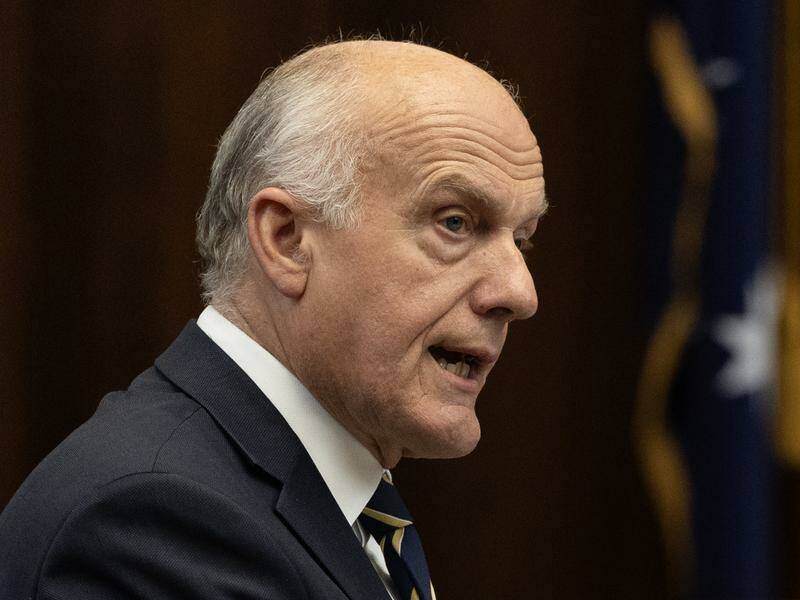
URGENT UPDATE: Tasmania’s Treasurer Eric Abetz has just unveiled a drastic budget for the 2025/26 fiscal year, projecting a staggering $1.08 billion deficit and announcing plans to cut 2,800 public service jobs. As the state grapples with soaring debt, which is expected to reach $10.4 billion by 2028/29, these measures signal a troubling shift in Tasmania’s economic landscape.
Presented earlier today, the budget reflects a significant tightening of state spending, as Tasmania’s Liberal government seeks to address its ballooning debt amid a backdrop of early elections and ongoing challenges from the COVID-19 pandemic. Abetz noted that external factors have severely impacted the budget, including a lack of federal funding for health services.
The Treasurer’s first budget highlights the need for an efficiency and productivity unit to streamline public sector operations. “Discretionary government spending will be tightened, and the public service will be ‘right-sized’,” Abetz confirmed, emphasizing the urgency of these measures.
Labor MP Dean Winter criticized the budget, stating, “After 11 years, the Liberals have taken Tasmania from having no net debt to the worst set of financials of any state in Australia.” His remarks underscore the deepening financial crisis facing the state.
In a move that has sparked controversy, the budget allocates funds for a new $1.13 billion AFL stadium—a decision that Greens leader Rosalie Woodruff has described as a misguided priority amidst severe financial cuts to essential services. “They are doggedly pursuing the stadium while delivering another budget that will cause more hardship for people already struggling,” she stated.
Additionally, the budget outlines cuts to spending on marketing, leasing, and procurement, amounting to $5.9 million in 2025/26 and escalating to $11.9 million in subsequent years. Abetz’s previous estimate of cutting 2,500 public service jobs has now increased significantly, raising concerns about the impact on public services and employment across Tasmania.
The budget forecasts suggest that public sector wages, including superannuation, will continue to strain Tasmania’s finances, comprising nearly half of the state’s overall annual expenditure of $10 billion. Current negotiations with public sector unions are at a standstill, with workers rejecting a three percent wage offer, highlighting the potential for further unrest.
Looking ahead, Abetz hinted that tax increases may be on the table for the 2026/27 budget, stating that “more revenue is needed.” The path forward remains uncertain, with the budget’s thin surplus of $5.6 million by 2028/29 not providing much comfort.
As Tasmania’s fiscal landscape continues to shift, this budget sets the stage for significant changes that will affect public services and employment in the coming years. Local residents and public sector workers are urged to stay informed on how these budget cuts will impact their lives in the months ahead.
Authorities will provide more specific details about savings measures in the upcoming May 2026/27 budget, following a Treasury report expected in February. With the state’s financial health in jeopardy, the situation remains urgent and developing. Share this story to keep your community informed about the critical changes affecting Tasmania today.





